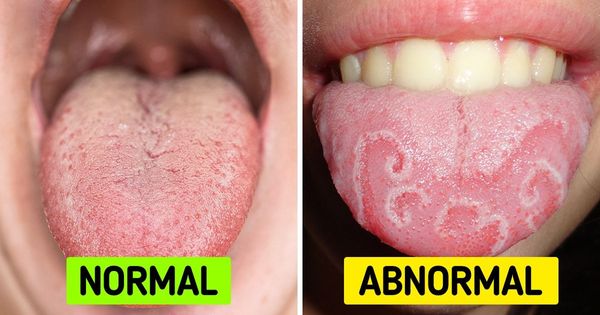ADVERTISEMENT
Our mouths are home to lots of bacteria, most of which are harmless and aid in digestion. However, sometimes oral bacteria, pre-existing health conditions, or immune diseases can wreak havoc on your oral health and cause tongue discoloration. If you’ve noticed that your tongue isn’t as pink and smooth as it should be and instead has a white appearance, here are four causes of a white tongue and what you can do about them.
Causes of White Tongue Discoloration
You may already be familiar with the “mouth-body link,” which is the close relationship between your oral health and overall health. Oral health problems can cause health problems like heart disease, but the link goes both ways. Systemic problems, like immune diseases, often appear in the mouth, such as lesions associated with HIV. Let’s dive into the four possible causes of white tongue discoloration:
1. Poor Oral Hygiene
In most cases, a white tongue is a result of poor oral hygiene. The tongue has small bumps called papillae, which can become swollen, inflamed, and discolored if there is an overgrowth of bacteria, yeast, or even dehydration. To combat this, consider adding a tongue scraper to your oral hygiene routine and using an ADA-accepted mouthwash to help with bacteria buildup.
2. Oral Thrush
Oral thrush can cause a white or yellow film to form on the tongue and can cause discomfort when eating and drinking. Poor oral hygiene, a weakened immune system, or antibiotic use can all contribute to an overgrowth of yeast in the mouth, which is what causes thrush. Treatment for oral thrush involves antifungal medication, mouthwash, and excellent oral hygiene. Some cases of oral thrush may resolve on their own with proper oral care, but your doctor may also recommend adding probiotics to your diet if the thrush is a result of antibiotics.
Continued on next page
ADVERTISEMENT
